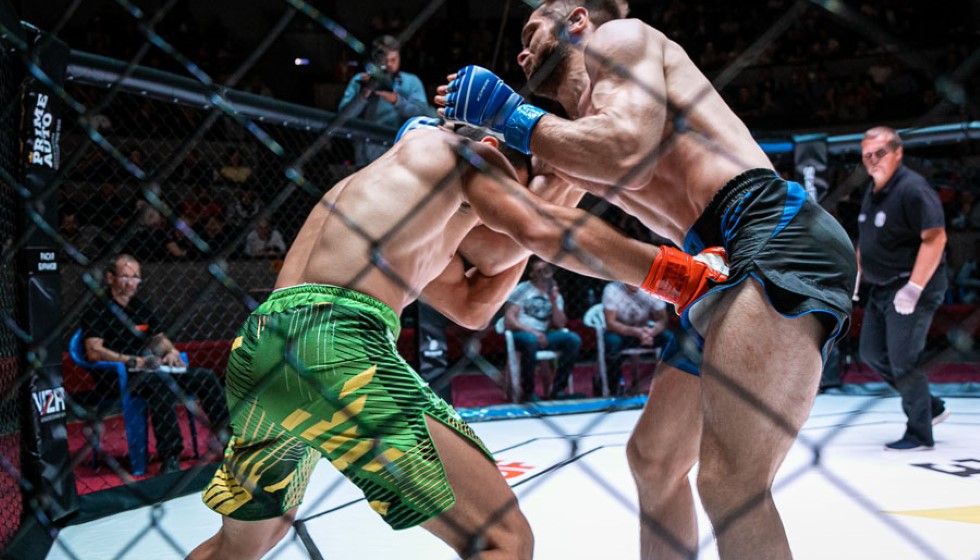
Exploring the Dichotomy: Sean Strickland's Controversial Presence in UFC
Sean Strickland, a figure synonymous with provocation within the Ultimate Fighting Championship (UFC), continues to stir a pot of diverse opinions. His remarks, which often veer into the territory of the offensive, have become a hallmark of his public persona. Strickland's ability to divide opinion is not limited to fans; it extends to fighters and promoters alike, presenting a complex challenge for the organization and its head, Dana White.
The Free Speech Dilemma in UFC
Central to the debate surrounding Strickland and fighters of his ilk is the UFC's approach to free speech. Dana White, the UFC President, is a staunch defender of the right to free expression among his fighters. His philosophy, emphasizing that fighters should have the freedom to say and believe what they want, underscores the organization's policy of non-censorship. This stance was highlighted at a UFC 297 press conference in January, where White remarked, "I don't give anyone a leash. Free speech, brother. People can say whatever they want and believe whatever they want."
However, this laissez-faire approach to speech is not without its consequences. While the UFC champions the idea of free expression, it is acutely aware of the potential ramifications on its image and the relationships it maintains with sponsors. The balancing act between valuing free speech and managing the organization’s public image is a tightrope walk that the UFC navigates with caution.
The Strickland Paradox
Sean Strickland himself acknowledges the delicacy of the UFC's stance on free speech versus image management. His tenure as the middleweight champion, which lasted four months, ended at UFC 297, and his quest for an immediate rematch was not fulfilled. The fighter's upcoming bout against Paulo Costa at UFC 302 is shadowed by his controversial reputation, highlighting the UFC's continual struggle to manage its fighters' public conduct.
The scrutiny intensifies when considering the UFC's management strategies for handling its more outspoken athletes. By allowing fighters like Strickland to express themselves freely, the UFC sets a precedent that emphasizes personal expression. Yet, this often comes at a cost as the organization must also safeguard its interests and the integrity of the sport.
Dana White's position embodies this struggle between promoting personal freedom and adhering to organizational interests. His efforts to support the rights of fighters to articulate their beliefs openly contrast with the imperative to maintain a reputable image for the UFC, its stakeholders, and its sponsors. Strickland's case is emblematic of this ongoing dilemma, proving to be a test of the boundaries of acceptable behavior within the sporting world.
Potential Ramifications
The implications of Strickland's conduct, and of fighters who similarly push the boundaries of speech, extend beyond personal or organizational reputation. They touch on broader questions regarding the role sports organizations should play in regulating the conduct of their athletes. While the UFC may not implement censorship, there is an implicit acknowledgment of the power of sponsors and the external image of the organization, as highlighted by White's acknowledgment: "There's nothing wrong with them saying, 'Hey, you know what… I don't necessarily think Sean is the best look for our sponsors.'
This statement acknowledges the financial and public relations dimensions of fighter conduct, underlining a complex web of considerations that the UFC must navigate. It is a candid admission of the real-world impacts that words and actions can have, even in a sport celebrated for its raw, unfiltered intensity.
Conclusion
In the world of professional sports, the case of Sean Strickland in the UFC offers an intriguing study of the balance between individual freedom and collective responsibility. The UFC's handling of such fighters lays bare the complications inherent in upholding the virtues of free speech while maintaining an organization’s image and fulfilling its commitments to stakeholders. As such, Strickland not only tests the boundaries of acceptable behavior in sports but also invigorates a necessary dialogue on freedom, responsibility, and the essence of professional conduct in the modern sporting arena.